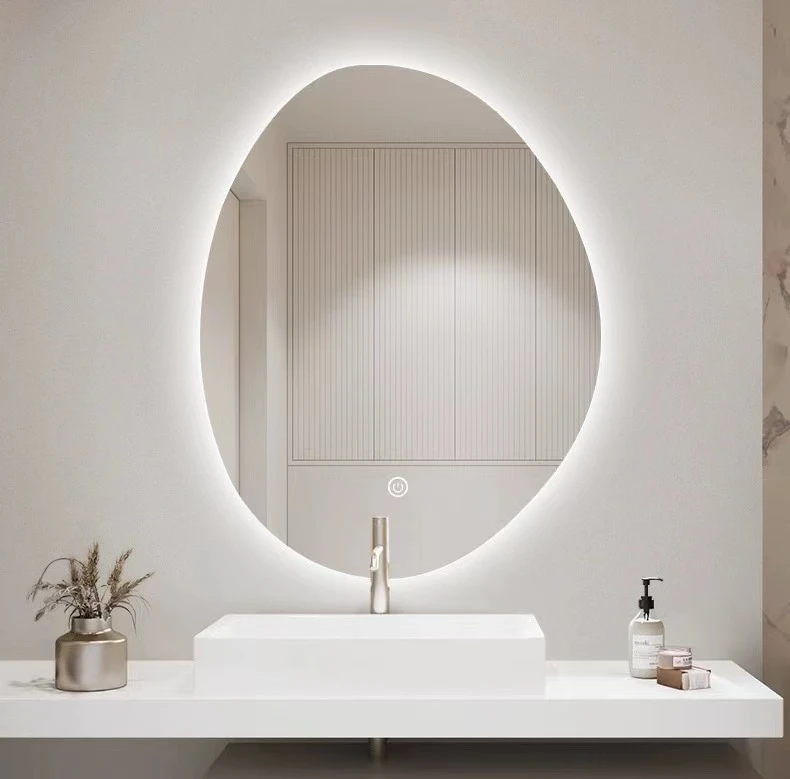

The Advantages of Anti-Glare Glass for Windows
In our fast-paced modern world, windows serve more than just functional purposes; they have become essential elements of architectural design and environmental comfort. One of the significant advancements in window technology is the introduction of anti-glare glass. This specialty glass not only enhances the aesthetics of buildings but also offers numerous practical benefits that can improve both residential and commercial spaces.
Understanding Anti-Glare Glass
Anti-glare glass is a type of glass designed to reduce glare caused by sunlight and artificial light. This is achieved through various treatments and coatings that can either modify the surface of the glass or alter the way it interacts with light. These treatments enable the glass to diffuse light more evenly, minimizing harsh reflections and bright spots while allowing sufficient natural light to enhance the interior environment.
Benefits of Anti-Glare Glass
1. Improved Visual Comfort
One of the most notable benefits of anti-glare glass is the enhancement of visual comfort. In environments where screens are commonly used, such as offices, schools, and homes, glare can be a significant issue, causing discomfort and eye strain. By using anti-glare glass, these spaces can maximize visibility and reduce the need for excessive artificial lighting. This becomes particularly important in our digital age, where many individuals spend prolonged periods in front of screens.
2. Energy Efficiency
The use of anti-glare glass can also contribute to energy efficiency in buildings. Traditional windows often allow excessive sunlight to penetrate, leading to overheating and increased reliance on air conditioning. Anti-glare glass helps in regulating indoor temperatures by reflecting excessive heat while still letting natural light in. This not only enhances comfort but can also lead to reduced energy consumption and lower utility bills.

3. Enhanced Aesthetics
Architects and designers find anti-glare glass appealing for its aesthetic qualities. It can create a sleek, modern look while providing functionality. The glass can be used in various designs, from large commercial buildings to residential properties, allowing for creativity without compromising on comfort. Additionally, the clarity and brilliance of anti-glare glass can enhance views and the overall interior ambiance.
4. Durability and Safety
Anti-glare glass is often treated to increase its durability, making it less susceptible to scratches and wear over time. This added strength ensures that the glass maintains its clarity and effectiveness in reducing glare for many years. Furthermore, certain types of anti-glare glass can be made with safety features such as shatter resistance, enhancing the safety of buildings, particularly in high-traffic areas or places prone to adverse weather conditions.
5. UV Protection
Another crucial advantage of anti-glare glass is its ability to filter harmful UV rays. Prolonged exposure to UV radiation can lead to skin damage and can also cause fading in furniture and artwork within homes and offices. Anti-glare glass can reduce UV exposure, thereby protecting both occupants and their belongings. This feature is especially beneficial for businesses that display products or have significant window displays.
Conclusion
Anti-glare glass for windows represents a significant advancement in building technology, combining functionality, comfort, and aesthetic appeal. Its ability to minimize glare, enhance energy efficiency, and provide UV protection makes it an essential choice for modern architecture. With increasing awareness of the importance of visual comfort and energy conservation, the demand for anti-glare glass is likely to grow, paving the way for a brighter, more comfortable future in both residential and commercial buildings. Investing in anti-glare glass is not just a smart architectural decision; it’s an investment in well-being and sustainability.